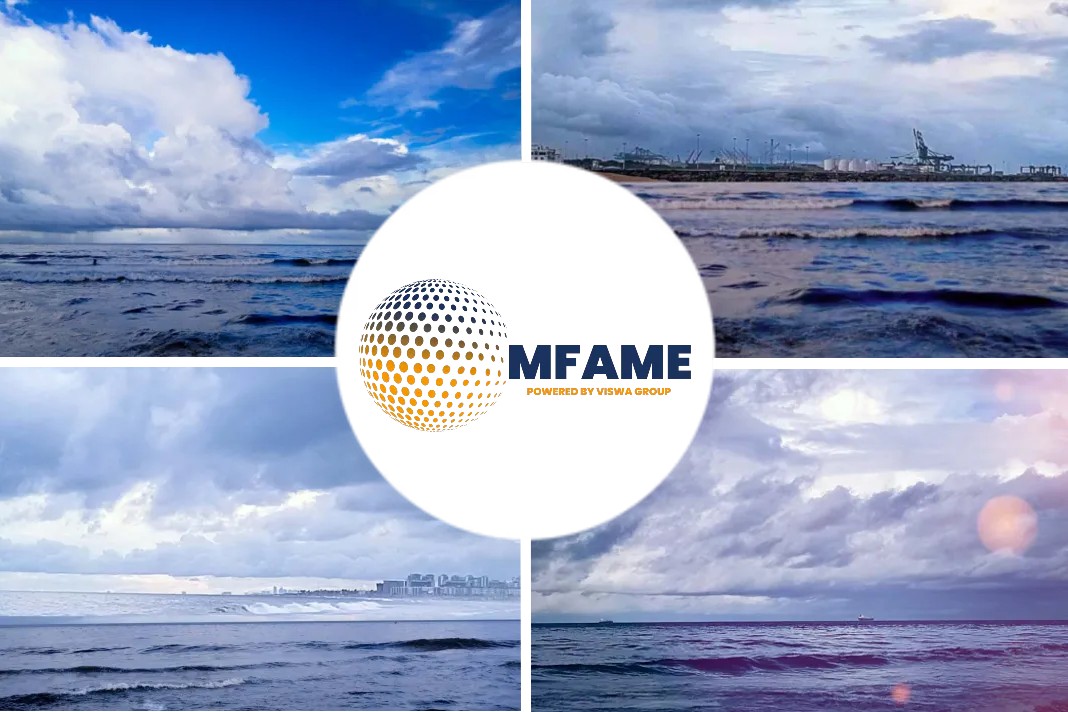
The global shipping industry, particularly the specialized tankers carrying liquefied petroleum gas (LPG), is facing a pivotal moment as ongoing congestion at the Panama Canal prompts a reevaluation of traditional routes. With the U.S. at the forefront of LPG exports, these developments carry significant implications for the sector’s supply chain and profitability. The Frieghtwaves source.
- Ongoing Panama Canal congestion prompts LPG tankers to consider longer alternative routes, impacting the liquefied petroleum gas industry’s supply chain.
- Uncertainty around canal capacity and climate change resilience adds complexity to LPG shipping decisions, despite a 10% surge in U.S. LPG exports.
- LPG tanker profitability remains strong, driven by price arbitrage between the U.S. and Asia, influencing spot rates and the sector’s future dynamics.
Challenges LPG Tankers
The Panama Canal’s ongoing restrictions are causing specialized tankers carrying liquefied petroleum gas (LPG) to consider alternative routes. With the U.S. as the world’s leading LPG exporter, congestion at the canal poses a significant challenge to the sector, potentially prompting lasting changes in shipping routes.
LPG Industry Faces Uncertainty
Extreme drought conditions and congestion have created uncertainty for LPG tanker routes through the Panama Canal. The situation has raised concerns about the canal’s vulnerability to climate change and its capacity to handle growing LPG exports from the U.S., which have surged by 10% year-on-year.
Lengthier Detours
LPG tankers are increasingly choosing multi-week detours via the Suez Canal and the Cape of Good Hope due to unpredictable Panama Canal waiting times and rising spot rates. This shift is driven by the need to secure timely schedules amid volatile canal congestion.
Profitability Amidst Challenges
Despite the challenges and route changes, the LPG industry remains immensely profitable, fueled by the price arbitrage between the U.S. and Asia. The demand for LPG transport continues to soar, contributing to higher ton-mile demand and spot rates for VLGCs (Very Large Gas Carriers), with potential implications for the sector’s future.
Did you subscribe to our daily newsletter?
It’s Free! Click here to Subscribe!
Source-freightwaves





















